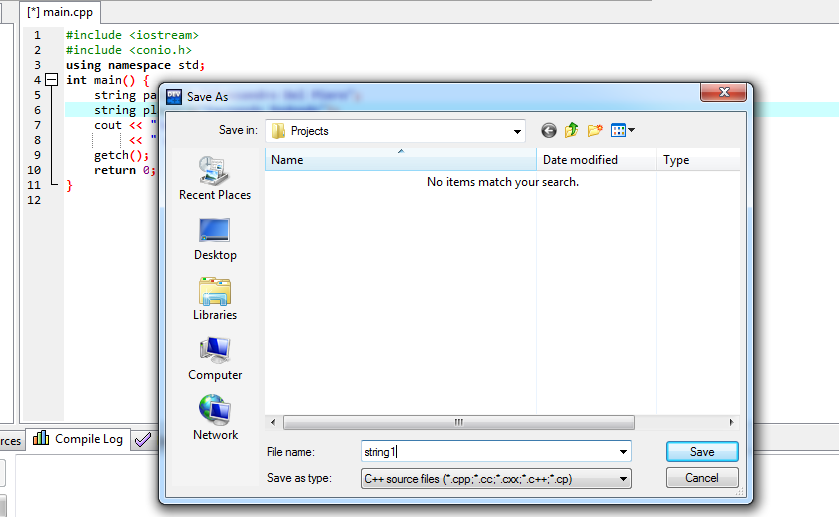

Stack-allocated arrays are fixed in size and are discarded when variable A goes out of scope. The type t can be any standard type such int or char, a struct, or even another array. The expression exp must be an integer expression, and it is undefined what happens if it evaluates to a negative number.
#C0 conio library code#
The following code allocates an array of 10 integers and initializes the all elements to zero.

We can avoid testing for NULL pointers by using xcalloc instead (included in the CMU-based xalloc library). It is possible that calloc may return a NULL pointer if it is not able to allocate the requested heap-allocated memory. The function calloc returns a void* (pointer to data of arbitrary type), an address that holds the starting location of a memory block of (num×size) bytes.

We have to write sizeof(int) because the size of an integer is implementation dependent - it could be 4 (4 bytes, or 32 bits), 8 (8 bytes, or 64 bits), or anything else. The sizeof operator, which is implementation dependent, returns the number of bytes necessary to hold the data type. h as an unsigned long intĬalloc takes the number of elements as the first argument and the size of each element (in bytes) as the second argument and returns a memory block of total size (num×size) bytes (initialized to 0). Void * calloc ( size_t num, size_t size ) <- size_t is defined in stddef. So we can have integer arrays as int or boolean arrays as bool. ArraysĪn array is an aggregate data structure that contains data elements of the same type (we call arrays homogeneous data structures). Lets take a look at some of the familiar C0 constructs and what they look like in C. We are still developing a more a detailed guide at From C0 to C that covers extra concepts like file input/output that you will need in later courses. In the second part, we cover some topics that are new in C. In the first part, we show how a number of C0 types translate into C: The C language and an UNIX operating system are closely intertwined.) They were also involved in the design of the Unix operating system. (A good resource for learning C is the book titled " The C Programming Language" by Brian Kernighan and Dennis Ritchie, who originally designed and implemented the C language. This guide assumes you are already familiar with C0 and now want to make a transition to C programming language. This tutorial will cover some of the basic ideas of transitioning from C0 to C programming. They may include weird interpretations, implementation-dependent behavior and undefined program behavior. But we have to warn you, no matter how much you prepare, there is no way to completely avoid many of C's nuances. Transitioning from C0 to C can be a rocky road, unless you are very careful and do some planning ahead. the keyboard until it receives a 'Y' or 'y'.C0 acts more or less like a "safe subset" of C. Generic-Text Routine Mappings Tchar.h routineįor more compatibility information, see Compatibility. To change this, see Global state in the CRT.

For non-locking versions, see _getch_nolock, _getwch_nolock.īy default, this function's global state is scoped to the application. These functions lock the calling thread and are therefore thread-safe. When reading a function key or an arrow key, each function must be called twice the first call returns 0 or 0圎0, and the second call returns the actual key code. None of these functions can be used to read CTRL+C. The _getch and _getwch functions read a single character from the console without echoing the character.
#C0 conio library windows#
For more information, see CRT functions not supported in Universal Windows Platform apps. This API cannot be used in applications that execute in the Windows Runtime.


 0 kommentar(er)
0 kommentar(er)
